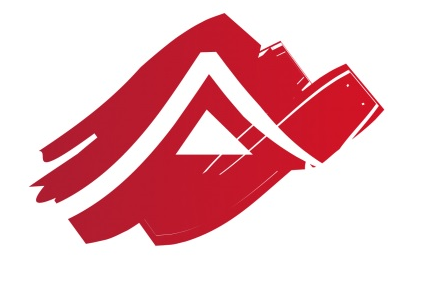PISA, Programme for International Student Assessment, is a worldwide study led by OECD every 3 years. It evaluates the quality, equity and efficiency of school systems. Thanks to our exchanges with OECD, we had the privilege to attend a session of presentation of their last survey.
OECD has just released its last survey PISA 2015 a few days ago. It tested around 540,000 15-year-old students in 72 countries and economies on science, reading, maths and collaborative problem-solving. The main focus was on science, an increasingly important part of today’s economy and society.
In this OECD’s latest PISA survey, Singapore outperforms the rest of the world. The top OECD countries are Japan, Estonia, Finland and Canada.
While spending per student in primary and secondary education increased by almost 20% since 2006 in OECD countries alone, only 12 of the 72 countries and economies assessed in PISA have seen their science performance improve over this period. These include high-performing education systems, such as Singapore and Macao (China), and low-performers, such as Peru and Colombia.
A survey’s insight teaches us that some countries are in progress since 2012 in terms of equity1: US, Mexico, Slovenia, Chile.
Another highlight is that some countries are overcoming their social disadvantages: Vietnam, Macao, Hong-Kong …
It underlines also that the more the learning time country provides, the less the country is well ranked in PISA. Making a learning time more productive leads students to develop their academic, social and emotional skills in a balance way. “School systems where students spend more time learning after school, by doing homework, receiving additional instruction or in private study, tend to perform less well in science».
When the students were asked what kind of job they would like to hold, their willingness to handle scientific jobs was the lowest one for very well ranked countries!
Regarding Singapore, it appears that teachers have a high enjoyment of science. The staff focuses on equity and develop a lot of collaboration between teachers (exchanges, workshops and coaching given by senior teachers to juniors). Staff is also personalized to class size. Teachers spend a significant number of hours to develop their own knowledge; professional training is part of their success with students.
It also appears that selection is not leading to inclusion and is not linked to performance. The highest performing education systems are non-selective.
The OECD PISA 2015 Survey underlines that, in the context of massive information flows and rapid change, everyone now needs to be able to “think like a scientist”: to be able to weigh evidence and come to a conclusion; to understand that scientific “truth” may change over time, as new discoveries are made, and as humans develop a greater understanding of natural forces and of technology’s capacities and limitations.
We are aware that there is a link between education performance and economic success, especially during this current phase of digital transformation which impacts the whole economy. Digitisation leads to job’s polarization by skill level and the countries the best ranked in PISA will probably have the best results in terms of full employment.
1- The increase in equity can be attributed to gains in performance among disadvantaged students


